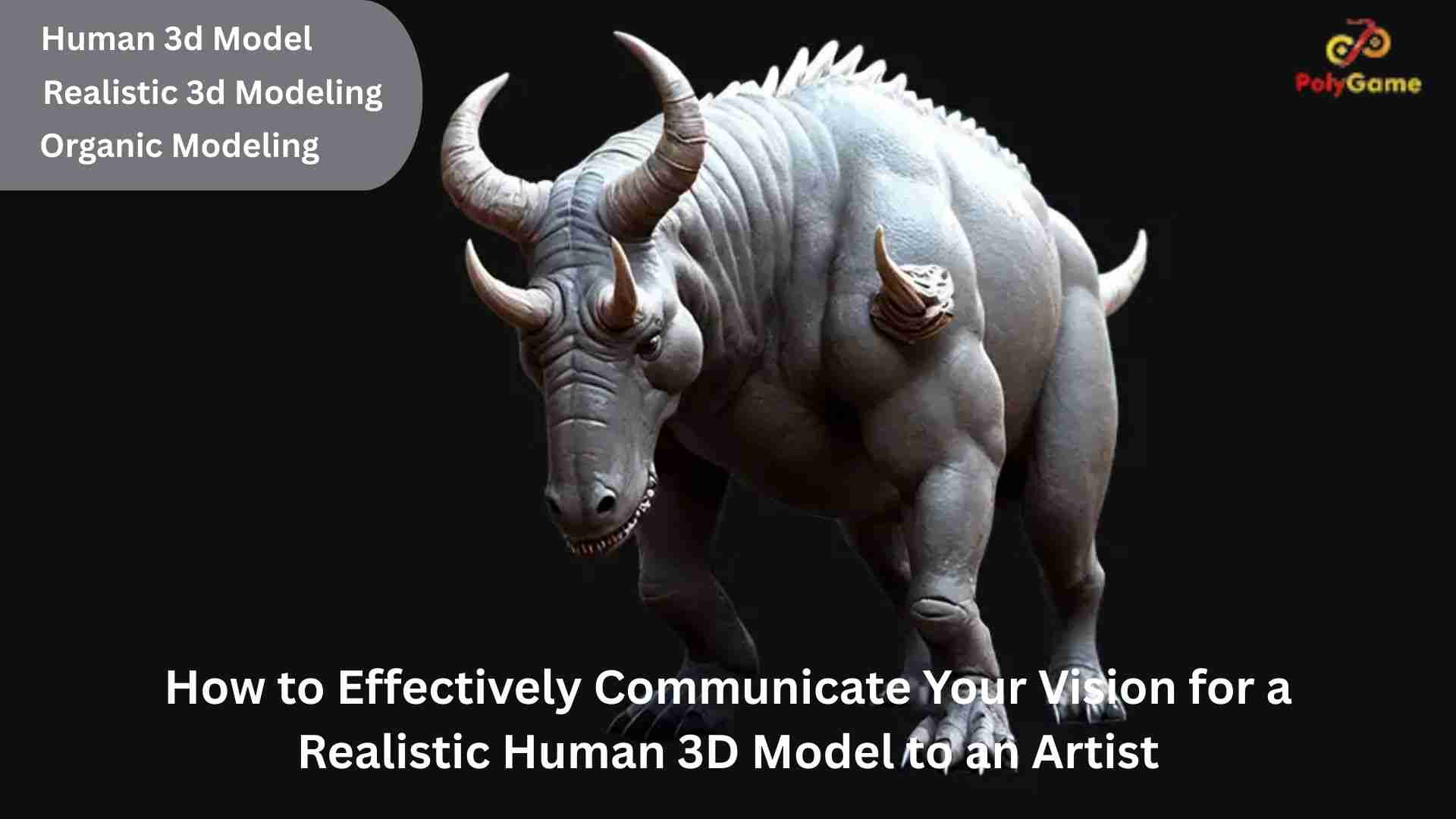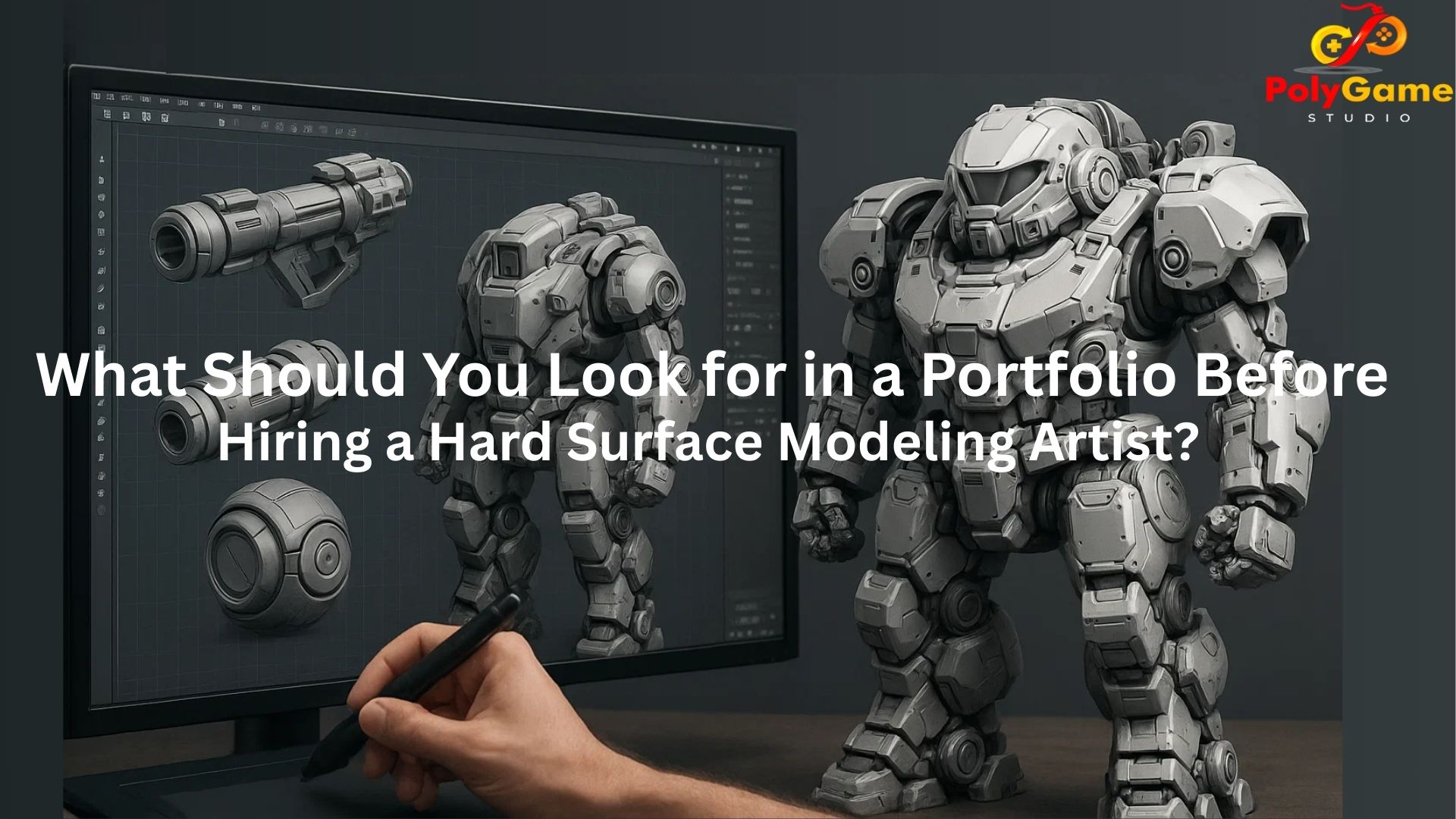Realistic 3D Modeling: Is It Always Necessary for Creating Convincing Human 3D Models?
In the ever-evolving landscape of digital media, from blockbuster video games to cinematic visual effects, the demand for high-quality Human 3D Model assets is constant. The pursuit of photorealism often dominates discussions, pushing the boundaries of what Realistic 3D Modeling can achieve. Yet, a critical question arises for creators and studios alike: Is hyper-realistic rendering always the definitive path to a “convincing” Human 3D Model? The answer, surprisingly, is nuanced. While Realistic 3D Modeling offers undeniable advantages, its necessity hinges on context, artistic vision, and the ultimate goal of the project.
The Allure of Realism: Why We Strive for It
There’s an intrinsic appeal to Realistic 3D Modeling. When a Human 3D Model is rendered with astonishing fidelity, it can bridge the uncanny valley, drawing viewers into a world that mirrors our own including:
- Cinematic Visual Effects (VFX):
For seamless integration into live-action footage, a Human 3D Model must be indistinguishable from a real person. Imperfections, subtle skin pores, individual hair strands, and complex subsurface scattering are all crucial.
- Medical and Scientific Visualization:
Accuracy is key. Realistic 3D Modeling allows for detailed anatomical studies, surgical simulations, and educational tools where precise representation is non-negotiable.
- Architectural Visualization:
Populating architectural renders with lifelike Human 3D Model figures helps prospective clients envision living spaces more effectively.
Achieving this level of realism relies heavily on advanced Organic Modeling techniques, painstaking texturing (including albedo, normal, roughness, and displacement maps), sophisticated rigging, and complex lighting setups. The commitment to Realistic 3D Modeling in these fields stems from a fundamental need for believability that directly translates to the project’s purpose.
Beyond Photorealism: The Power of Stylization
However, “convincing” doesn’t solely equate to “realistic.” Many of the most beloved and iconic digital humans are far from photorealistic. Consider the stylized characters of Pixar, the exaggerated proportions of many video game heroes, or the distinct aesthetics of anime. These characters are undeniably convincing because they effectively communicate emotion, personality, and agency within their respective contexts.
When is Realistic 3D Modeling not always necessary?
- Cartoon and Animated Features:
Exaggeration and simplification are key to conveying character and humor. A hyper-realistic Human 3D Model would clash jarringly with the established art style. Organic Modeling here focuses on conveying expression and movement, often through broad forms rather than minute detail.
- Indie Games with Specific Art Styles:
This can range from pixel art to cel-shaded or low-poly designs, where a hyper-realistic Human 3D Model would be out of place and potentially resource-intensive.
- Educational or Conceptual Art:.
A stylized Human 3D Model might serve the purpose more effectively, simplifying complex forms to focus on essential elements.
- Performance and Optimization:
Realistic 3D Modeling, especially for a Human 3D Model, can be incredibly demanding on hardware. High polygon counts, numerous texture maps, and complex shaders can severely impact game performance, particularly on lower-end systems or mobile devices. For real-time applications, often a balance between fidelity and optimization is struck, leading to a “realistic enough” style rather than absolute photorealism.
In these cases, the conviction comes from consistency within the art style, compelling character design, and expressive animation, rather than purely from visual accuracy. Organic Modeling skills are still crucial, but they are adapted to create forms that fit the specific aesthetic, be it exaggerated, simplified, or highly stylized.
The Middle Ground: “Stylized Realism”
Often, the most effective approach is a blend, sometimes termed “stylized realism.” This involves incorporating elements of Realistic 3D Modeling—such as believable proportions or accurate facial anatomy—while simplifying textures, refining details, or exaggerating certain features for artistic effect. This balance often showcases exceptional Organic Modeling skills, as artists must decide which details to emphasize and which to simplify.
PolyGame Studio: Crafting Convincing Human 3D Models for Every Vision
At PolyGame Studio, we understand that “convincing” is a multifaceted concept. Our expertise spans the entire spectrum of Realistic 3D Modeling and stylized creation, ensuring that your Human 3D Model assets perfectly align with your project’s unique vision and technical requirements.
We utilize cutting-edge techniques for Realistic 3D Modeling, including Organic Modeling, photogrammetry, high-polygon sculpting, and advanced texturing workflows, to achieve unparalleled fidelity when realism is paramount. For projects requiring a distinct artistic flair, our artists are equally adept at translating concept art into compelling stylized Human 3D Model assets, ensuring consistency and charm.
We pride ourselves on our versatile Organic Modeling capabilities, allowing us to sculpt intricate details for realistic forms or expressive contours for stylized characters. Our comprehensive approach ensures that every Human 3D Model we create is not only visually stunning but also optimized for performance and seamlessly integrates into your animation pipeline. At PolyGame Studio, we don’t just create models; we craft believable digital beings, whether through the painstaking detail of Realistic 3D Modeling or the expressive power of unique artistic styles.
Conclusion: Context is King
Ultimately, the necessity of Realistic 3D Modeling for creating convincing Human 3D Model assets is entirely dependent on context. For projects aiming to replicate reality or achieve cinematic believability, it is absolutely essential. The painstaking work of Organic Modeling to capture every nuanced detail pays dividends. However, for games and animations that prioritize unique art styles, performance, or exaggerated expression, a stylized approach can be far more effective and, indeed, more convincing within its own framework.
The true art lies in knowing when to push for absolute realism and when to strategically pull back, allowing artistic license and functional needs to guide the creation process. A truly convincing Human 3D Model is one that fulfills its purpose within the specific medium and delights its audience, regardless of whether it looks exactly like a real person or a wonderfully imagined caricature.








